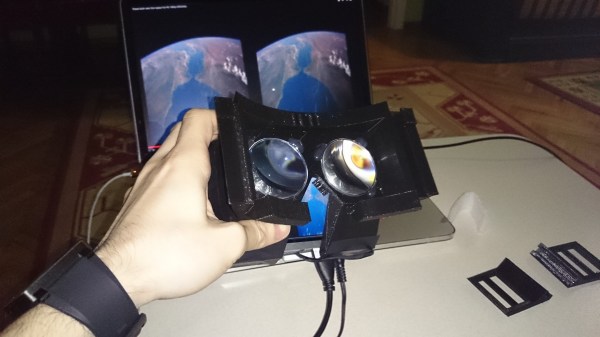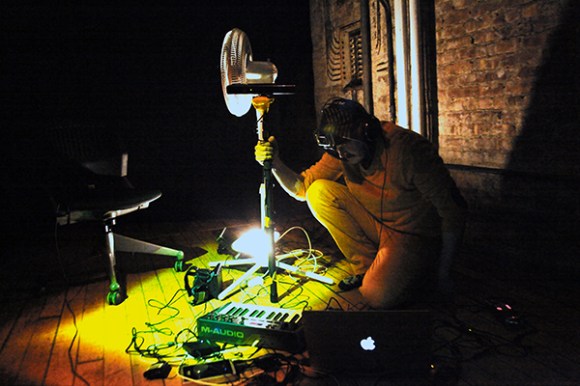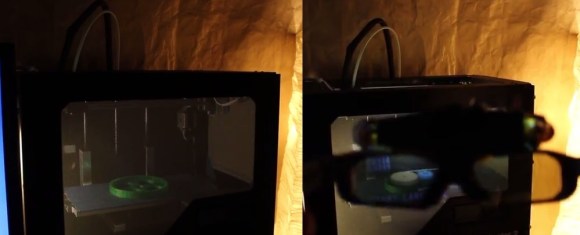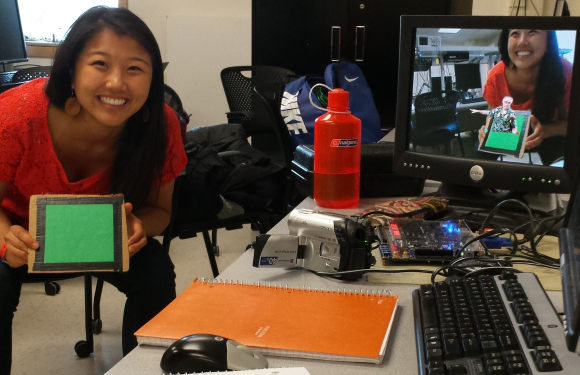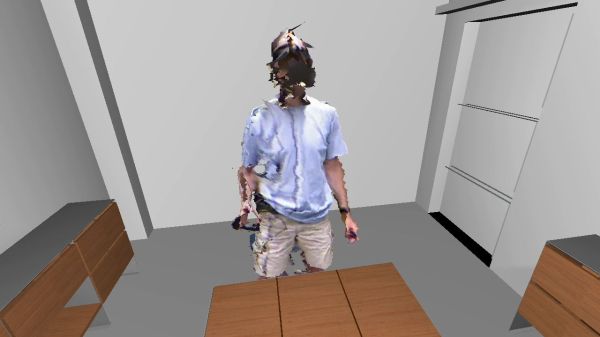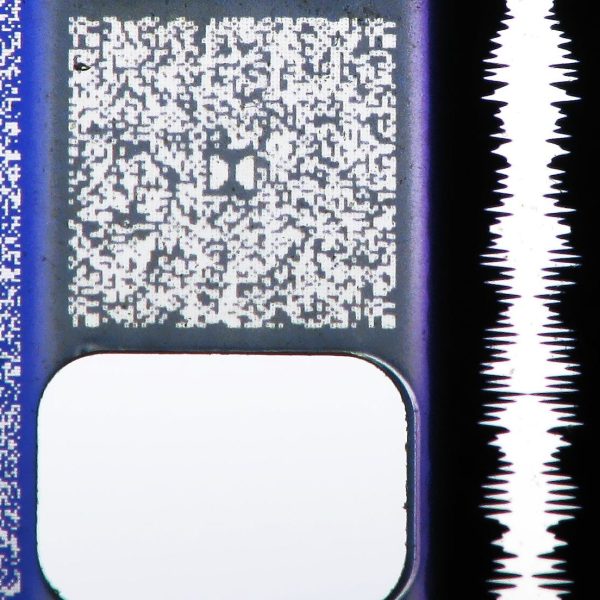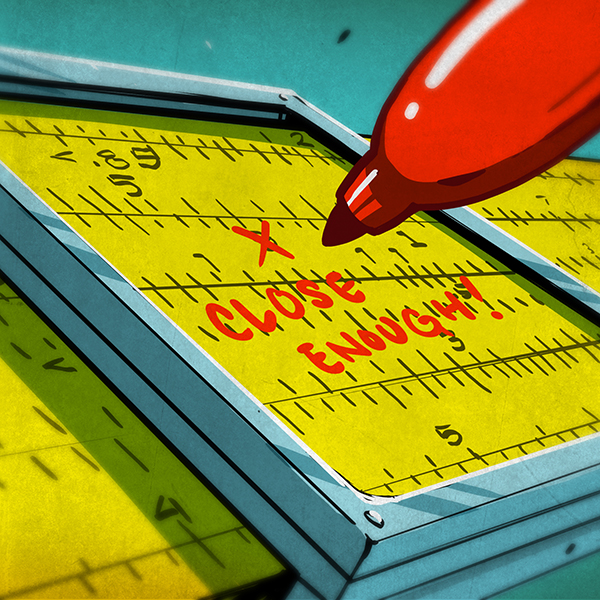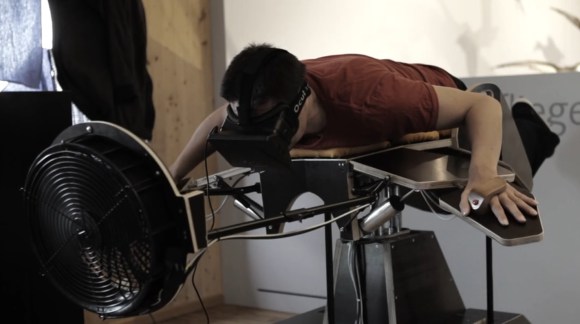
Have you ever dreamed of being able to fly like a bird? Sadly, we’re just too heavy with our solid bones and fatty tissues – but now there’s a simulator called Birdly which will give you the experience you crave!
The Swiss team, consisting of [Max Rheiner], [Fabien Troxler], [Thomas Tobler] and [Thomas Erdin] wanted to build a simulator never done before – one that will simulate flapping your wings and actually flying around. They’re using the Oculus Rift to complete the visual experience, and a rather unique simulator chair that you lie face down on. It features two mechanical wings that you strap your hands into, with gas springs to provide resistance – sensors measure the stroke and power of your “flap”, relaying the information to the computer in order to control your virtual wings. You can also lean in any direction, allowing for fancy bird acrobatics.
A large fan directly mounted off the front helps to make the experience feel even more real, as you fly around in the virtual world. They say it also includes olfactoric feedback, which presents different scents to you, representative of where you are in the virtual world — we’re not too sure how that works, but it sounds pretty awesome!
Continue reading “Birdly, The Virtual Reality Simulator Guaranteed To Wear You Out”

